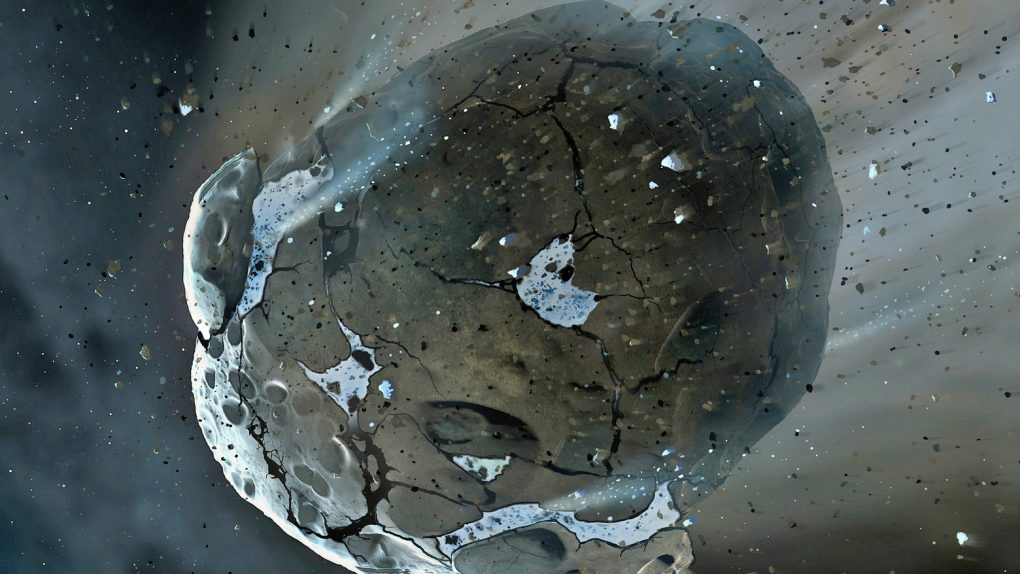- An asteroid passed by Earth early this morning at such a short distance that it was closer to the surface than many satellites.
- The space rock passed our planet at a distance of 13,000 miles or so, which is a very near miss when it comes to space.
- Had the rock entered Earth’s atmosphere, it would likely have been destroyed by our atmosphere before reaching the ground.
Congrats, everyone! We did it! Thanks to everyone’s hard work and determination, we avoided an asteroid collision today. Just kidding, of course, the asteroid named 2020 SW wasn’t going to hit us anyway, but it did pass by at a very close distance. The space rock, which NASA describes as being the size of a school bus, passed just 13,000 miles from Earth.
To put that in perspective, Earth’s Moon is, on average, roughly 240,000 miles away. So, 13,000 miles is a near-miss by comparison, The good news is that even if the asteroid were to enter Earth’s atmosphere, it would almost certainly be completely destroyed in the process. Put simply, we were really never in harm’s way.
Perhaps the most interesting thing (and maybe the only worrisome thing) about the asteroid is that it was only just discovered on September 18th. The Catalina Sky Survey detected the asteroid a week ago and astronomers were able to zero in on it and track its trajectory with a high degree of certainty.
Most space rocks that NASA and other space agencies detect don’t come nearly as close as this one did. In fact, at just 13,000 miles away, it passed within the range of geostationary satellites which orbit at an altitude of roughly 22,000 miles. That sounds kind of scary, but NASA says it’s pretty routine.
“There are a large number of tiny asteroids like this one, and several of them approach our planet as close as this several times every year,” Paul Chodas of NASA’s Center for Near-Earth Object Studies said in a statement. “In fact, asteroids of this size impact our atmosphere at an average rate of about once every year or two.”
When they do come close enough to impact our atmosphere, the intense friction usually breaks the rocks into much smaller pieces and incinerates them. On rare occasions, if a rock is especially large or conditions are just right, it can remain intact and sometimes explode in the skies just before reaching the ground.
That scenario is what is believed to have happened over the Chelyabinsk region of Russia back in early 2013. The space rock was roughly 66 feet in diameter, and when it detonated the sky it sent a shockwave that caused serious damage to homes and other structures. It was estimated that 1,500 people were seriously injured, but not by the meteor explosion itself. Those who were hurt by the blast sustained injuries from flying glass from broken windows and other debris.








